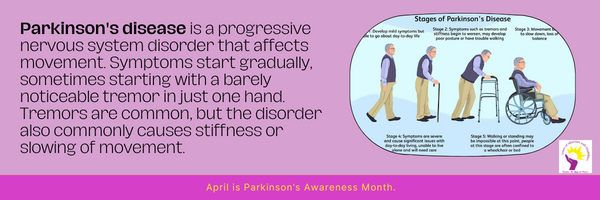
Parkinson disease is a progressive neurological disorder. It mainly affects parts of the brain controlling movement. Cells in the brain (in a place called the substantia nigra) produce an important chemical called dopamine. When a person moves, dopamine is involved in producing movements that are smooth and coordinated. Many people have symptoms between the ages of 50 and 60 years, but some have symptoms at a much younger age (young onset), others at a much older age. As symptoms start to interfere with how one is able to do everyday things, there are treatments that can help.
Life with Parkinson’s is going to look different for everyone, and how it looks for you will likely change over time. We understand that it is frustrating to have a body that won’t cooperate. It’s important to remember to be patient with yourself – learning to manage your PD is a marathon, not a sprint.
https://parkinsonassociation.ca/pd-101/
Motor
There are four main motor symptoms that a doctor will look for in making a diagnosis of Parkinson disease:
Tremor: An involuntary trembling or shaking that usually begins in a limb (often a hand or fingers) when it is resting.
Slow movement (bradykinesia): Over time, movement may slow, making simple tasks difficult and time-consuming. Steps may become shorter and feet may drag when walking. It may be difficult to get out of a chair, off of a bed or out of a car.
Rigidity: Stiffness of muscles that may occur in any part of the body. This can be painful and limit range of motion.
Postural instability: Posture becomes stooped, and/or there may be difficulties with walking and balance (including possible falls).
Non-Motor
Parkinson disease is primarily thought of as a movement disorder with symptoms that one can see – tremor, slowed movement (bradykinesia), rigidity/stiffness and postural instability. However, there is a host of other symptoms that do not affect movement and are much harder (if not impossible) to see. These are known as non-motor symptoms and they encompass a wide range of health concerns:
- Autonomic Dysfunction
- Constipation
- Orthostatic Hypotension
- Parkinson’s and Sweat Issues
- Sexual Dysfunction
- Restless Leg Syndrome
- Mood, Thinking & Psychological
- Anxiety & Depression
Sleep Issues
From excessive daytime sleepiness to insomnia, sleep issues are considered an inherent part of Parkinson’s with prevalence rates ranging from 75-98% within the Parkinson’s population.
For people with Parkinson disease or Parkinson’s Plus Syndromes, the seemingly simple acts of speech and swallowing are not something that can be taken for granted. Speech issues can include a variety of challenges from a softening of the voice to an abnormally fast rate of speaking. For people with Parkinson disease and Parkinson’s Plus Syndromes the simple act of eating and drinking is not something that can be taken for granted. In fact, more than 80% of people with Parkinson’s will experience difficulties with this process.
The good news is early intervention and treatment can help ensure optimum health, safety and quality of life.
Speech & Swallowing Issues
- Bruxism
- Drooling
- Dry Mouth
- Dysphagia
Mood, Thinking & Psychological
Most people with Parkinson’s will experience some changes or decline in their mood and thinking; while others may also experience psychiatric disturbances including, but not limited to depression, impulse control or hallucinations.
 Become a Member
Become a Member login
login










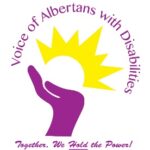







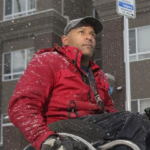






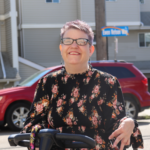
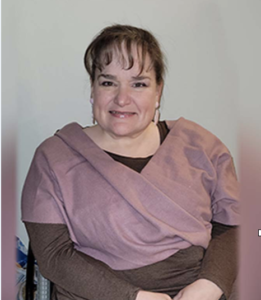



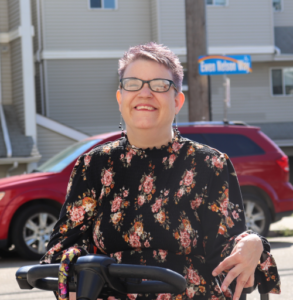
1 Comment
Awesome! Thank you for this essential information. I highly suggest this site also to introduce a foot solution, I hope you can gain more information.
https://calgarypodiatry.ca/